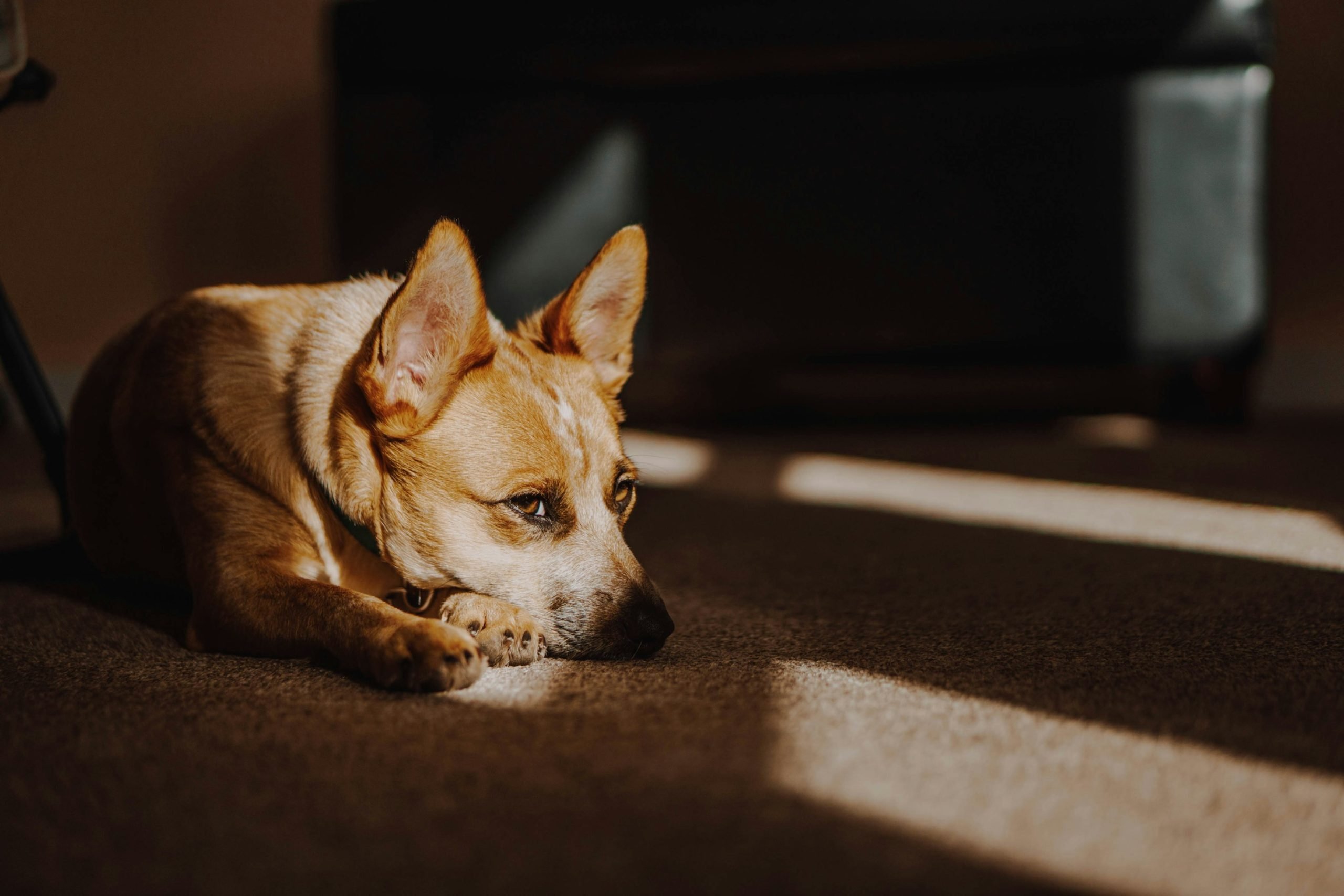
From Adobe Stock
As I stepped onto the sunbathed rural fields, a burst of red fur caught my eye. There, darting with agility and grace, was a Red Heeler, masterfully herding a flock of sheep with a precision that seemed almost choreographed. It was at that moment, amidst the rustling grass and the gentle hum of the outback, that I truly understood the essence of this remarkable breed.
The Red Heeler, one of the two color variations of the Australian Cattle Dog, is not just a pet; it’s a whirlwind of energy, intelligence, and unwavering loyalty. It was bred during the early 1800s by British settlers for the sole purpose of herding cattle in Australia. While originally a working dog, this canine cowboy can be a great active companion if you give it the physical and mental exercise it needs.
Having spent years studying and working with various dog breeds, I’ve always been fascinated by the unique traits each one possesses. But the Red Heeler holds a special place in my heart. Perhaps it’s their piercing gaze that seems to understand your very thoughts, or their tireless spirit that never seems to wane – whatever it is, these dogs are captivating.
TABLE OF CONTENTS
- Red Heeler Quick Breed Summary
- Origins of the Red Heeler
- Red Heeler Physical Appearance
- Red Heeler Personality and Temperament
- Caring for a Red Heeler Dog
- Training Your Red Heeler
- Known Health Problems Among Red Heelers
- Frequently Asked Questions About Red Heelers
- So, Is the Red Heeler the Perfect Fit for You?
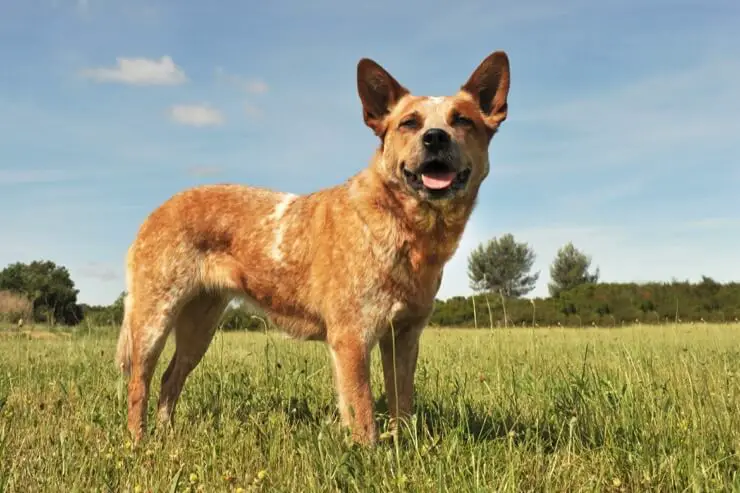
From Adobe Stock
Red Heeler Quick Breed Summary
| Size | 17-20 inches |
| Weight | 35-50 pounds |
| Lifespan | 12-15 years |
| Coat | Short to medium |
| Color | Earthy red/speckled ginger with mottled patterns |
| Grooming Requirements | Low |
| Shedding Tendency | Low |
| Temperament | Loyal, intelligent, energetic, herding instinct |
| Socialization | Needed with younger children |
| Destructive Behavior | Yes, when bored |
| People Skills | Good with most people if socialized properly |
| Good with Children | Not good with younger children due to herding instincts |
| Activity Levels | Very high |
Origins of the Red Heeler
Our exploration into the origins of the Red Heeler takes us back to 19th-century Australia. Here, in the vast and rugged terrain, the Australian Cattle Dog, the umbrella breed under which the Red Heeler falls, was born out of necessity. Settlers needed a dog that could endure the harsh conditions and effectively herd cattle, making it a member of the herding group, alongside other cattle dogs like the Border Collie.
Breeding Innovation
The Australian Cattle Dog, which includes the Red and Blue Heelers, started with the native Australian Dingo, admired for its endurance and resilience. Seeking to harness these traits for more controlled herding, breeders crossed Dingoes with smooth-coated blue merle Collies. This crossbreeding introduced essential attributes like herding instinct and trainability into the nascent breed.
A Dash of Dalmatian and Kelpie
In a fascinating breeding twist, Dalmatians were later introduced to the mix, chosen for their loyalty and good rapport with horses, crucial for cattle herding. The breed also benefited from the infusion of the Australian Kelpie, which contributed to its herding prowess and the development of its distinctive coat, especially in the Red Heeler variant.
The Emergence of the Modern Red Heeler
Through these careful breeding programs, the Red Heeler, a color variation of the Australian Cattle Dog, emerged. Characterized by its red-speckled coat, as opposed to the blue-speckled coat of the Blue Heeler, the Red Heeler became an invaluable asset to Australian cattle farmers, adept at managing cattle over extensive and challenging terrains.
Red Heeler Physical Appearance
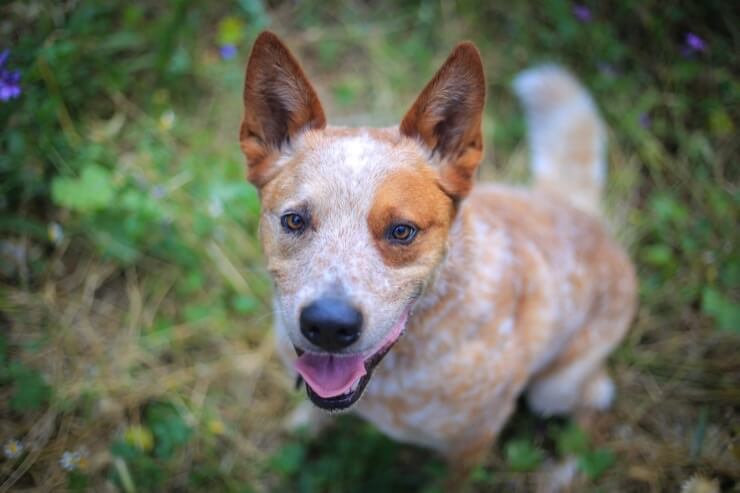
From Adobe Stock
The Red Heeler stands out with a charisma that’s both rustic and elegant. Born from the rugged Australian outback, this breed embodies a blend of endurance, intelligence, and striking physical attributes.
A Coat of Earth and Fire
The first thing that always strikes me about the Red Heeler is their mesmerizing coat. It’s a vibrant canvas showcasing shades of earthy red or speckled ginger, intermingled with specks of black or dark brown, creating a pattern that’s as unique as a fingerprint. This speckled or mottled appearance is not just aesthetically pleasing; it’s a functional trait honed by their environment.
The coat’s length is typically short to medium, perfect for a working dog, as it offers protection without the burden of overheating.
When you run your hands through a Red Heeler’s coat, you’ll feel the dense, yet sleek fur, robust to the touch, signifying their resilience against the harsh elements of the Australian wild.
Athletic Build: Born to Run
The Red Heeler’s build is a testament to their working heritage. These medium-sized, robust dogs, typically weighing between 35 to 50 pounds, exhibit a muscular frame that underscores their strength and agility. Standing about 17 to 20 inches at the shoulder, they are slightly longer than tall, a feature that facilitates their swift, agile movements. Observing a Red Heeler dash across the park, muscles rippling under their sleek coat, is a sight of pure, athletic grace.
Expressive Faces and Alert Eyes
A Red Heeler’s face is remarkably expressive. With a broad skull, slightly curved forehead, and ears that stand erect, they exude alertness and intelligence. Their sharp brown eyes, always brimming with curiosity, seem to understand more than they let on.
A Tail That Tells a Tale
The tail of a Red Heeler is an emotional barometer. Thick at the base and tapering to a point, it’s an indicator of their mood, whether wagging enthusiastically or held low during a peaceful stroll.
Red Heeler Personality and Temperament
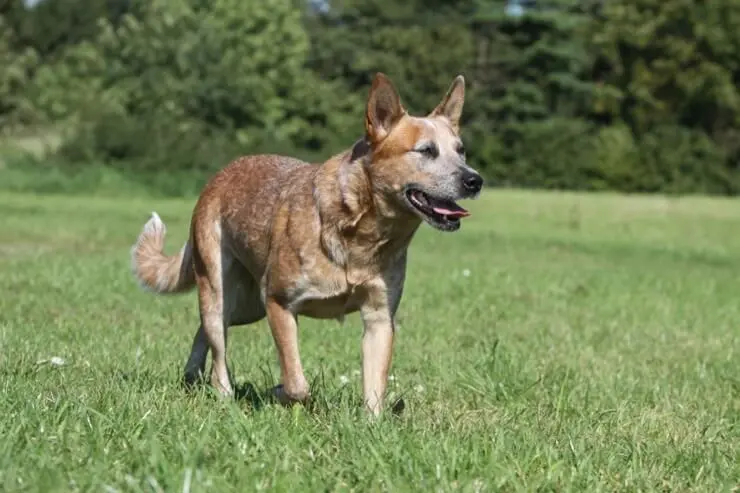
From Adobe Stock
There’s an old saying that to truly understand someone, you need to walk a mile in their shoes. The same could be said for understanding a Red Heeler. Living with one of these remarkable dogs is a journey filled with loyalty, intelligence, and boundless energy.
A Loyal Companion with a Watchful Eye
One of the most endearing qualities I’ve found in Red Heelers is their profound loyalty. These dogs form an incredibly strong bond with their owners. But it’s not just a simple attachment; they often appoint themselves as the guardian of the family. Their watchfulness is remarkable. My Red Heeler, for instance, always positions himself where he can keep an eye on all the family members, a silent sentinel ensuring everyone’s safety.
Intelligence and Eagerness to Please
The Red Heeler’s intelligence is nothing short of impressive. They’re quick learners, eager to please, and incredibly responsive to training. I’ve always been amazed at how swiftly a Red Heeler picks up new commands. Their intelligence, however, means they need mental stimulation; a bored Red Heeler can sometimes turn to mischievous ways to entertain themselves.
High Energy and Playfulness
“High energy” might be an understatement when describing Red Heelers. They’re incredibly active dogs, always ready for a game or a task. Whether it’s a vigorous game of fetch or a long hike, Red Heelers thrive on physical activity. Their playfulness isn’t just entertaining; it’s a core part of their personality, keeping both their body and mind engaged.
Sensitivity and Attentiveness
Despite their tough exterior, Red Heelers are surprisingly sensitive. They’re attuned to their owner’s emotions and can often be found offering comfort during difficult times. This sensitivity, coupled with their attentiveness, makes them excellent companions for those who understand and appreciate this trait.
A Dog with a Job: The Herding Instinct
The herding instinct in Red Heelers is strong and often manifests in daily life. They may try to herd children or other pets, which is both amusing and a testament to their ingrained traits. It’s essential to channel this instinct positively, through games or tasks, to prevent any unwanted herding behaviors.
Caring for a Red Heeler Dog
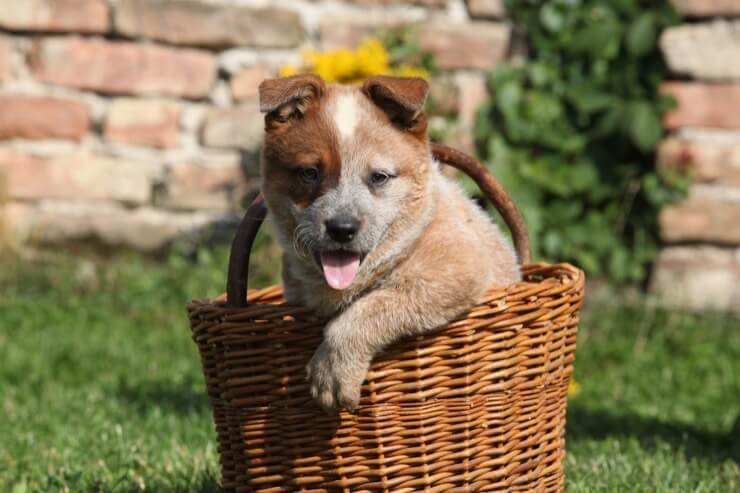
From Adobe Stock
Caring for a Red Heeler is an experience that combines high energy, intelligence, and a surprisingly straightforward grooming routine. It requires understanding their unique needs and adapting your lifestyle to meet them.
Exercise: A Vital Necessity
Red Heelers are not your average laid-back companions; they are bundles of energy waiting to be unleashed. In my experience, a single short walk is far from enough. These dogs thrive on rigorous, varied activities. Take your Red Heeler on at least three to four walks daily, combining neighborhood strolls with adventurous trails. The joy and satisfaction they exhibit after a good, long hike is undeniable.
Agility training has been a game-changer for us. It’s more than exercise; it’s a mental workout that mimics the herding job they were bred for. Watching my Red Heeler navigate obstacles and solve problems is not only impressive but also deeply fulfilling for them.
- Number of Walks Per Day: 3-4.
- Total Exercise Needed Per Day: 90+ Minutes.
Grooming: Simple Yet Essential
Contrary to what one might expect, Red Heelers are quite low-maintenance in the grooming department. Their shedding, which happens once or twice a year, is manageable with a routine. Spend time each week brushing their coat with a comb and bristle brush, which efficiently removes dead hair and minimizes shedding. Monthly baths keep them clean, especially after outdoor adventures, and routine checks for ticks are a must.
Their basic grooming needs extend to regular nail trimming and dental care. Keeping up with these simple practices ensure Red Heelers stays comfortable and healthy, without requiring excessive grooming efforts.
Diet and Nutrition: Fueling Their Energy
Feeding a Red Heeler is about finding the right balance to sustain their high energy levels. Given their active nature, they generally require more food than less active breeds. This doesn’t just mean increasing their meal portions; it’s about providing high-quality, nutrient-rich food that meets their energy requirements. A diet rich in proteins and fats, essential for muscle development and energy, works best for a Red Heeler.
Keeping a close eye on their dietary intake is key. They’re prone to overeating if given the chance, so maintain a structured feeding schedule. Adjust their food intake based on their daily activity level – more on active days, less on quieter ones. It’s a dynamic process, and regular weight checks help ensure they stay in top condition. Use dog calorie calculators as a starting point but always cross-check with my vet to tailor the diet perfectly to a Red Heeler’s specific needs.
Consistency and quality in their diet not only fuel their physical activities but also contribute to their overall health and longevity. Adequate hydration, especially after vigorous exercise, is equally important. Ensure fresh water is available, particularly after our long walks or training sessions.
- Calories Per Day: 1300
- Cups of Kibble Per Day: ~3
Living Space: Adaptable and Versatile
A common belief is that Red Heelers need a large yard to thrive. While they do enjoy open spaces, I’ve seen Red Heelers adapt well to apartment living too. The key is not the size of their home but the amount of exercise and mental stimulation they receive. Regular trips to the dog park or engaging in dog sports are excellent ways to meet their needs, even in a smaller living space.
The most important aspect is understanding and committing to the energy outlets they require. Whether it’s through multiple daily walks, agility training, or interactive play, providing these activities ensures a happy and well-adjusted Red Heeler, regardless of the living environment.
Training Your Red Heeler
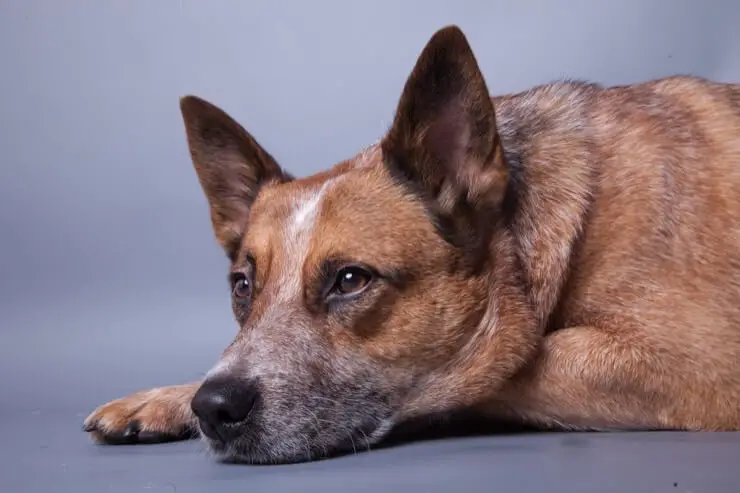
From Adobe Stock
Embarking on the journey of training a Red Heeler can be as exhilarating as it is challenging. Known for their sharp intelligence and boundless energy, these dogs are eager learners who respond well to the right training approaches.
Understanding Their Intelligence and Energy
Red Heelers are smart, which means they pick up on both good and bad behaviors quickly. Their intelligence is paired with a high energy level, making them keen learners. In my experience, training sessions are most effective when they are short, engaging, and frequent. This approach harnesses their attention span and keeps them interested in learning.
Consistency is Key
Consistency is crucial in training a Red Heeler. They thrive on routine and clear expectations. I’ve found that sticking to a regular training schedule and using consistent commands helps reinforce their learning. Inconsistent training can lead to confusion and hinder their progress.
Positive Reinforcement Works Wonders
Positive reinforcement is a powerful tool in training Red Heelers. They respond exceptionally well to praises, treats, and play as rewards for good behavior. Punishment or harsh techniques can lead to distrust and fear, which are counterproductive. Keeping training sessions upbeat and rewarding encourages them to learn and repeat desired behaviors.
Socialization and Behavioral Training
Early socialization is vital for Red Heelers. Exposing them to different people, dogs, environments, and experiences helps in developing a well-rounded and sociable dog. Behavioral training, including leash training, recall, and impulse control, is also essential. These skills are not only practical but also ensure that your Red Heeler can be a well-mannered and confident companion.
Channeling Their Herding Instinct
Given their herding background, Red Heelers may display herding behaviors, such as nipping or trying to herd people or other animals. Channeling this instinct into structured activities like agility training, herding trials, or fetch can be beneficial. It provides them with a productive outlet for their instincts and energies.
Patience and Understanding
Training a Red Heeler requires patience and an understanding of their nature. There will be challenges, but the key is to remain calm and consistent. Celebrating small victories and progress is important. Remember, every dog is unique, and what works for one Red Heeler might not work for another. Being adaptable and understanding your dog’s individual needs and cues are essential for successful training.
Known Health Problems Among Red Heelers
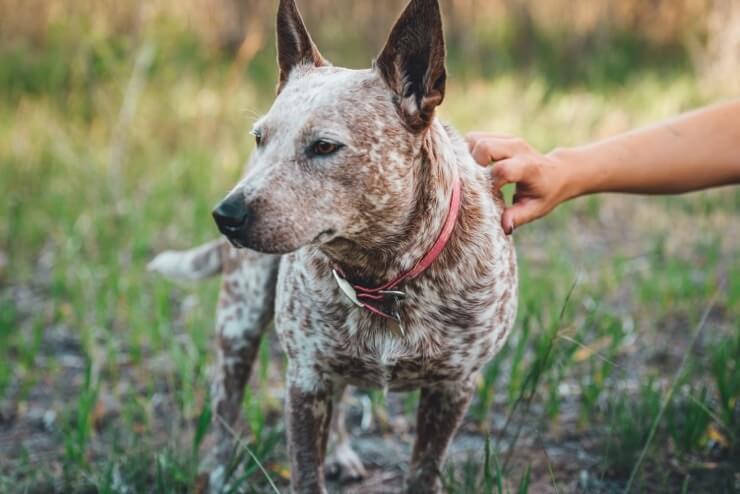
From Adobe Stock
Discussing the common health problems in Red Heelers is crucial for any potential or current owner. These dogs are generally robust, but like all breeds, they have certain health issues that they’re predisposed to. Here’s a rundown of the most common health concerns.
Hip and Elbow Dysplasia
One of the more common issues in Red Heelers is hip and elbow dysplasia, a genetic condition where the joints develop improperly. It can lead to arthritis or lameness. Regular check-ups and maintaining a healthy weight can help manage this condition. In my time with Red Heelers, I’ve found that a balanced diet and appropriate exercise are key in preventing excessive strain on their joints.
Progressive Retinal Atrophy (PRA)
PRA is a genetic eye disorder that can eventually lead to blindness. Regular veterinary eye exams are important for early detection. Although there’s no cure, early identification can help manage the progression. It’s a condition I always keep an eye out for during routine check-ups.
Deafness
Red Heelers can be prone to congenital deafness, which can be tested for at a young age. Owners need to be aware of this possibility and get their dogs tested, as it can significantly impact training and communication methods.
Frequently Asked Questions About Red Heelers
How long does a Red Heeler live?
Red Heelers typically live for 12 to 15 years. Their lifespan depends on genetics, health care, and lifestyle factors.
Are Red Heelers good family dogs?
Yes, with proper training and socialization, Red Heelers can be excellent family dogs, known for their loyalty and protective nature.
Can Red Heelers live with other pets?
Red Heelers can coexist with other pets, especially if raised together, but their herding instinct may lead to herding behaviors towards other animals.
How much does a Red Heeler cost?
The price for a Red Heeler puppy ranges from $500 to $2,500, varying based on the breeder and the dog’s lineage.
Are Red Heelers easy to train?
Red Heelers are intelligent and generally easy to train, but they require consistent, positive reinforcement training methods.
Is a Red Heeler suitable for apartment living?
While Red Heelers prefer space to roam, they can adapt to apartment living if provided with sufficient exercise and mental stimulation.
Are Red Heelers good with children?
Red Heelers can be good with children, particularly when socialized from a young age. However, due to their herding instincts and energy, supervision and proper training are important.
So, Is the Red Heeler the Perfect Fit for You?
The prospect of inviting a Red Heeler into your life represents not just a decision but a profound commitment—one brimming with boundless energy, unwavering loyalty, and a promise of endless adventures. This choice can be exceptionally fulfilling, provided it harmonizes with your lifestyle and resonates with your personal preferences.
Red Heeler Is For
- Active Families: If your household exudes vitality and relishes outdoor pursuits, the Red Heeler’s spirited nature can seamlessly integrate into your vibrant way of life.
- Veteran Dog Enthusiasts: These canines appreciate seasoned owners who can provide the structure, consistency, and mental stimulation that align with their intelligent and occasionally headstrong disposition.
- Herding Aficionados: For those who admire the Red Heeler’s herding prowess and aspire to channel these instincts through engaging activities such as agility training or herding trials, this breed offers a captivating partnership.
Red Heeler Isn’t For
- Couch Potato Lifestyles: If your daily routine revolves around sedentary pursuits, a Red Heeler’s fervent energy may encounter frustration, potentially leading to undesirable behavioral expressions.
- First-Time Pup Parents: While not insurmountable, Red Heelers can pose challenges for novice dog owners due to their remarkable intelligence and exuberance. The journey necessitates thorough research and diligent preparation.
- Apartment Dwellers sans Exercise Commitment: Residing in an apartment can be viable, but only if you are unwaveringly committed to supplying abundant exercise and intellectual stimulation, as a Red Heeler thrives in an environment that fosters these needs.

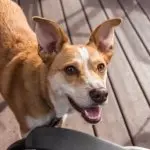
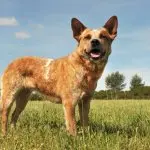
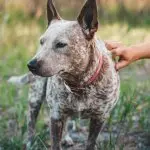

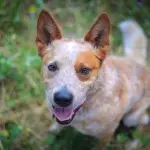
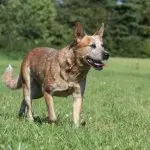
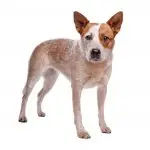

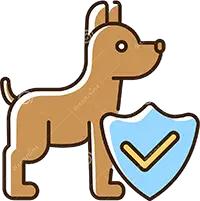
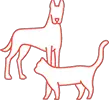
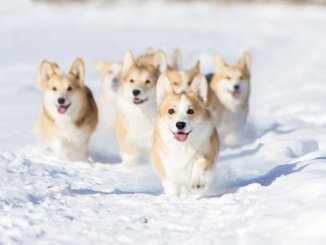
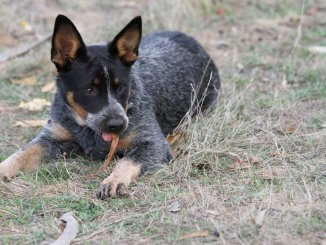
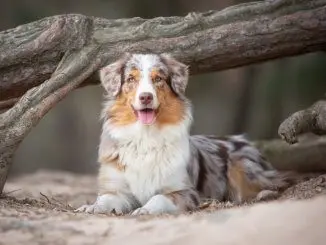
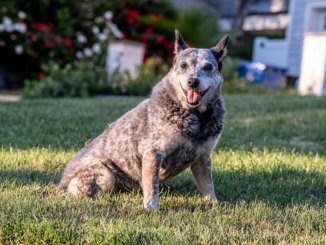
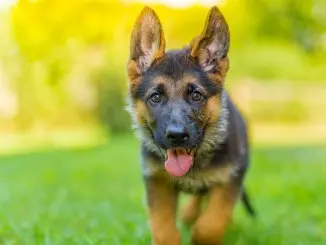
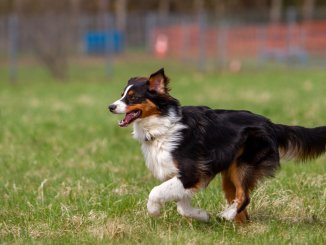
I have a red healer that’s 6 months old. He keeps trying to bite my neighbors 5 year old. At times he plays great with him. But then will up and nip at him. Any on how to prevent this? Other wise he’s the best dog ever. Has been very easy to train and listens very well.
Hi! My red does the same thing! But my 5 year old is very aggressive toward Apollo I have to discipline them both because it will get out of hand very quickly! My red is suffering from separation anxiety right now.. of I go to the bathroom or outside with out her she will start to tear things up and become very aggressive tries to bite me.. as well as my kiddo..